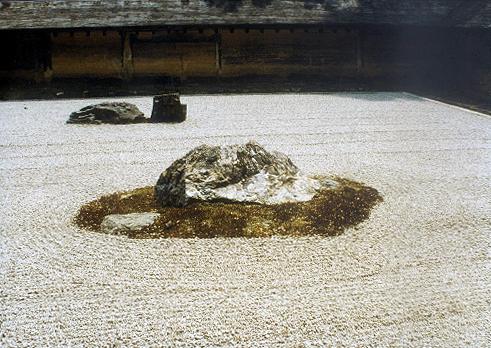|
||||||
|
||||||

|
MEDITATION/BREATHING TECHNIQUES
Learning to Breathe
In working with this form of meditation, it is important to first learn how to breathe. This may seem a strange statement. If we weren't breathing "just fine", how could we continue to live? But the reality is that often we tend to take short jagged breaths. At least for meditation, we need to learn to take smooth and deep breaths. By deep I mean that you should feel a movement in the area just above your navel as you breathe: a sense of fullness there as you inhale and a sense of release as you exhale. Before you begin the meditation exercises, you should practice this form of breathing until you feel comfortable with it. Common Elements in Breathing Techniques
There are several common elements to these techniques. Like any journey, it's quite useful to have an idea where you are going and how you are going prior to embarking. The first element is a device to get the mind to let go of distractions. This usually involves having the practitioner focus on performing some task. This can be counting, repeating a mantra, etc. The second element is an underlying process - in this case breathing - which at some point becomes the primary focus. That is, the practitioner stops the task (e.g. counting) and focuses on the process. The third element is letting go of the process and just being. Follow the Breath
This method combines counting and slow deep breathing. In the first stage, you count each complete cycle (each inhalation and each exhalation) as one. Breathe slowly and deeply. Count breath cycles up to seven. If thoughts arise, gently put them to the side. Let your mind rest lightly on the counting. Repeat this stage several times. In the second stage, you count each inhalation and each exhalation separately. You are now counting twice as fast as in stage one. But the breathing remains at the same slow pace. And remains deep. Again if any thoughts arise, gently let go of them. You should have a lighter focus here on the counting. Repeat this stage several times. You should be feeling fairly relaxed by now. The process of breathing should be slowing down. By that I mean your breaths should feel very deep and you should feel a deep calmness. In stage three, gently let go of the counting. Now you are just breathing. And your attention should very lightly rest on the process of breathing. Now the distinction between inhalation and exhalation should give way to a sense of breathing. In stage four, you may lose even the conscious sense of breathing and just have a sense of being. At this point you should just let go and open yourself to the experience. Alternate Breathing
This technique is similar to the "Follow the Breath" method in that deep slow breathing is used. But it has some significant differences. First, in this exercise one breathes through the nose with inhalations always through the right nostril and exhalations through the left nostril. What this means is that when you inhale you focus on drawing the air in through the right nostril with (as much as you can achieve) no air coming in through the left nostril. Similarly, when you exhale, you focus on expelling the air through your left nostril with none (or very little) coming out yourright nostril. With a little practice this is not as hard as it sounds! Second, counting is generally not used (though I see no reason why it could not be). Rather one uses a saying or mantra. The same one half of the mantra is used for each inhalation and the same second half for each exhalation. As above, The sacred saying is used to turn the practitioner's mind away from distractions. I first learned of this from a Sufi who used the Islamic profession of faith: "La ilaha" (There is no god) with each inhalation and "Illa Allahu" (But The God) on each exhalation. There is, of course, no reason why a sacred saying or mantra from another tradition wouldn't just work as well. At some point, the meditator lets go of the mantra and just rests with the experience of the sacred saying. |
©2004 Reiki Net. All Rights Reserved.
Home | Notice | Contact Us